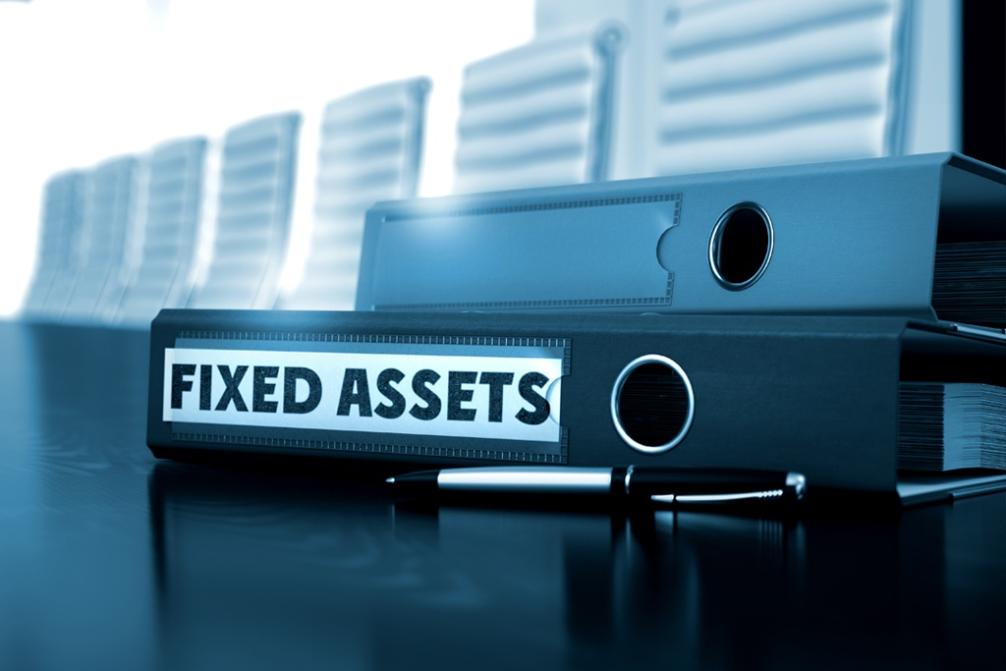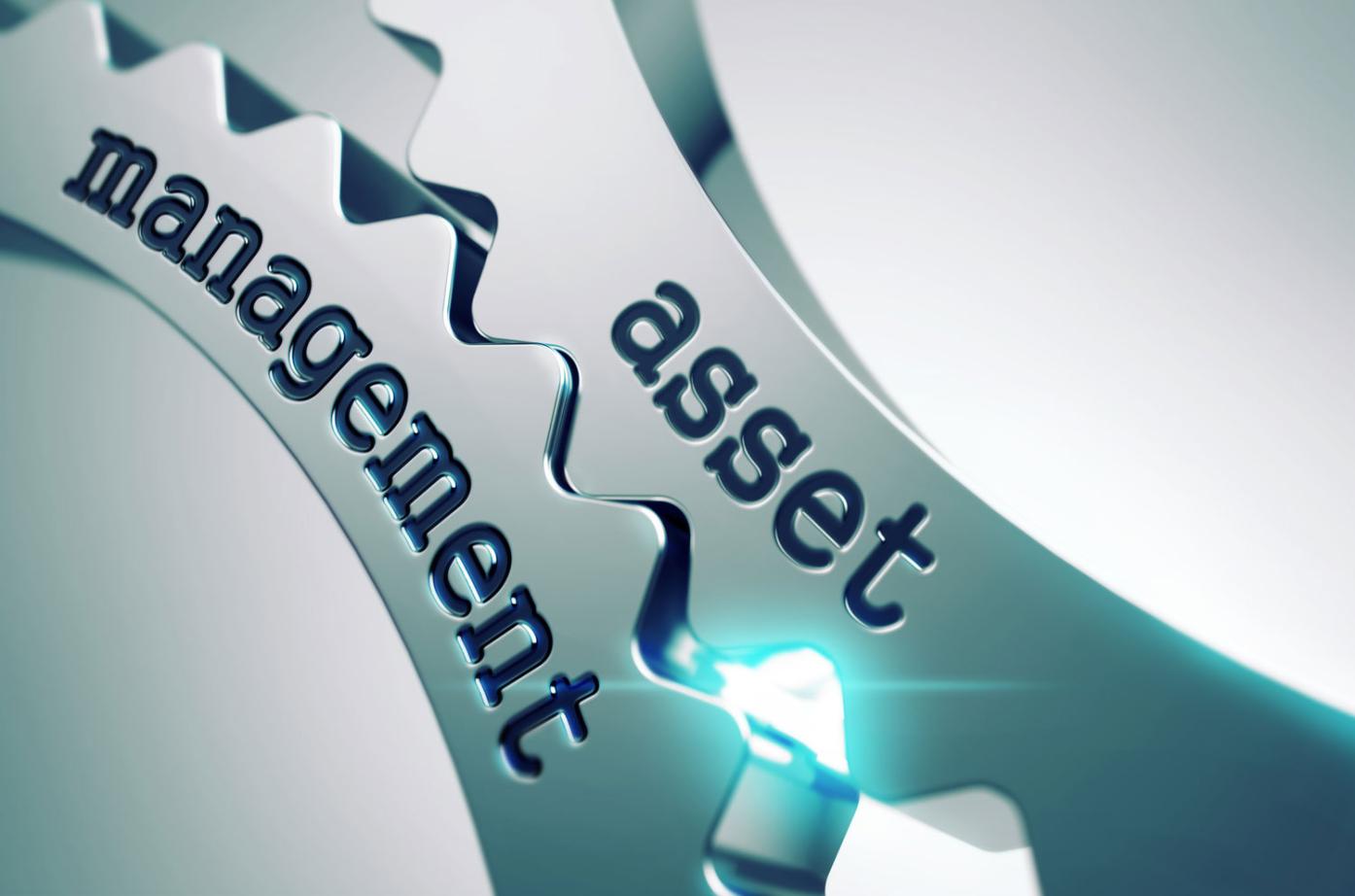What Are the Different Types of Fixed Assets?
In the realm of business finance, fixed assets play a pivotal role in shaping a company's long-term financial trajectory. These assets, unlike their current counterparts, are not easily convertible into cash within a year and are essential for the day-to-day operations of a business. Understanding the different types of fixed assets and their significance is crucial for effective financial planning and management.

Types Of Fixed Assets:
I. Tangible Assets:
Tangible assets are physical assets with a tangible presence that can be seen, touched, and measured. These assets are vital for the smooth functioning of a business and contribute to its long-term growth and success.
- Land and Buildings:
- Equipment and Machinery:
- Furniture and Fixtures:
- Vehicles:
Land used for business operations and buildings that house business activities fall under this category. Land provides the physical space for a business to operate, while buildings facilitate various business functions.
Machinery used in production processes and equipment employed for various business functions are considered tangible assets. These assets contribute directly to the generation of revenue and play a crucial role in maintaining operational efficiency.

Office furniture, décor, and fixtures used in business operations are tangible assets that contribute to the overall functionality and aesthetics of a workplace.
Company cars, trucks, and other vehicles used for business purposes are tangible assets that facilitate transportation and logistics.
II. Intangible Assets:

Intangible assets, unlike tangible assets, lack a physical presence but nevertheless hold significant value for a business. These assets arise from legal rights, intellectual property, and other factors that contribute to a company's long-term success.
- Goodwill:
- Patents and Copyrights:
- Trademarks and Brand Names:
- Software and Computer Systems:
Goodwill represents the reputation and customer loyalty associated with a business. It is an intangible asset that reflects the value of a company's brand, customer base, and market position.
Patents and copyrights provide legal protection for intellectual property, such as inventions and creative works. These intangible assets grant exclusive rights to the owner, allowing them to benefit from their intellectual creations.
Trademarks and brand names are distinctive symbols and names associated with a business. These intangible assets help a company differentiate itself from competitors and establish a strong brand identity.
Software programs and computer systems used in business operations are intangible assets that contribute to efficiency, productivity, and innovation. These assets facilitate data processing, communication, and various business functions.
Classification Of Fixed Assets:
I. Current Assets Vs. Fixed Assets:
Fixed assets are distinguished from current assets based on their liquidity and turnover rate. Current assets are easily convertible into cash within a year, while fixed assets are long-term investments that are not easily convertible. This distinction is crucial for financial planning and management, as it helps businesses assess their short-term and long-term financial positions.
II. Operating Assets Vs. Non-Operating Assets:
Fixed assets can also be classified based on their usage in business operations. Operating assets are directly involved in generating revenue, while non-operating assets are not directly involved in revenue generation. This distinction is important for understanding the contribution of different assets to a company's profitability and overall financial performance.
Importance Of Fixed Assets:
Fixed assets play a vital role in the long-term growth and success of a business. They contribute to operational efficiency, productivity, and the overall financial health of a company.
- Contribution to Long-Term Growth:
- Collateral for Loans:
- Tax Benefits:
Fixed assets facilitate expansion and diversification, enabling businesses to grow and enter new markets. They also enhance operational efficiency and productivity, leading to increased profitability and long-term success.
Fixed assets can be used as collateral to secure financing and credit facilities. This allows businesses to access capital for expansion, modernization, and other investment opportunities.
Depreciation deductions for fixed assets reduce taxable income, providing tax benefits to businesses. This can lead to significant cost savings and improved profitability.
Fixed assets are a fundamental component of a business's financial structure and play a crucial role in its long-term success. Understanding the different types of fixed assets and their significance enables businesses to make informed decisions regarding investment, financing, and asset management. Proper management and maintenance of fixed assets are essential for optimizing their contribution to a company's growth and profitability.
YesNo

Leave a Reply